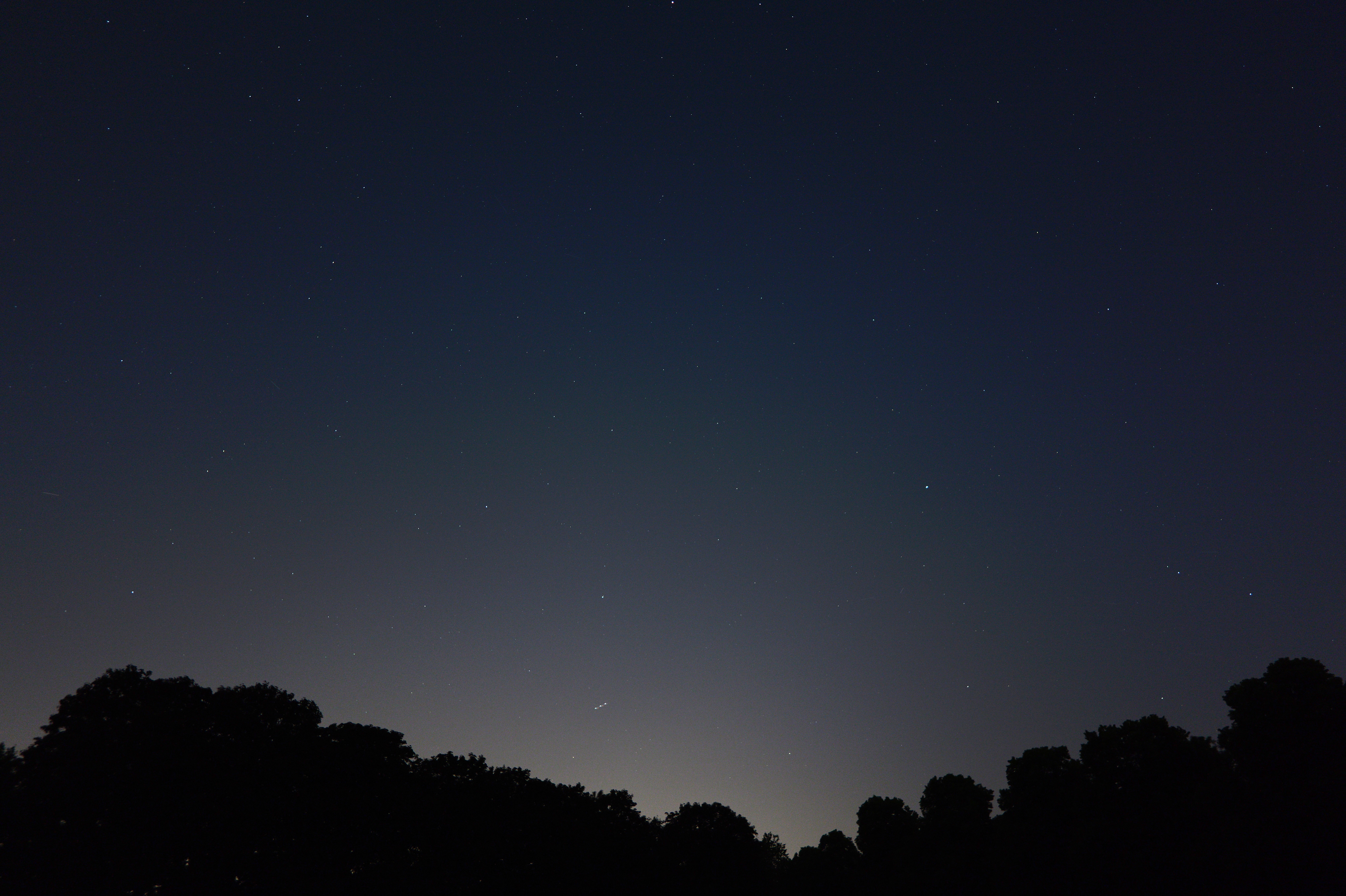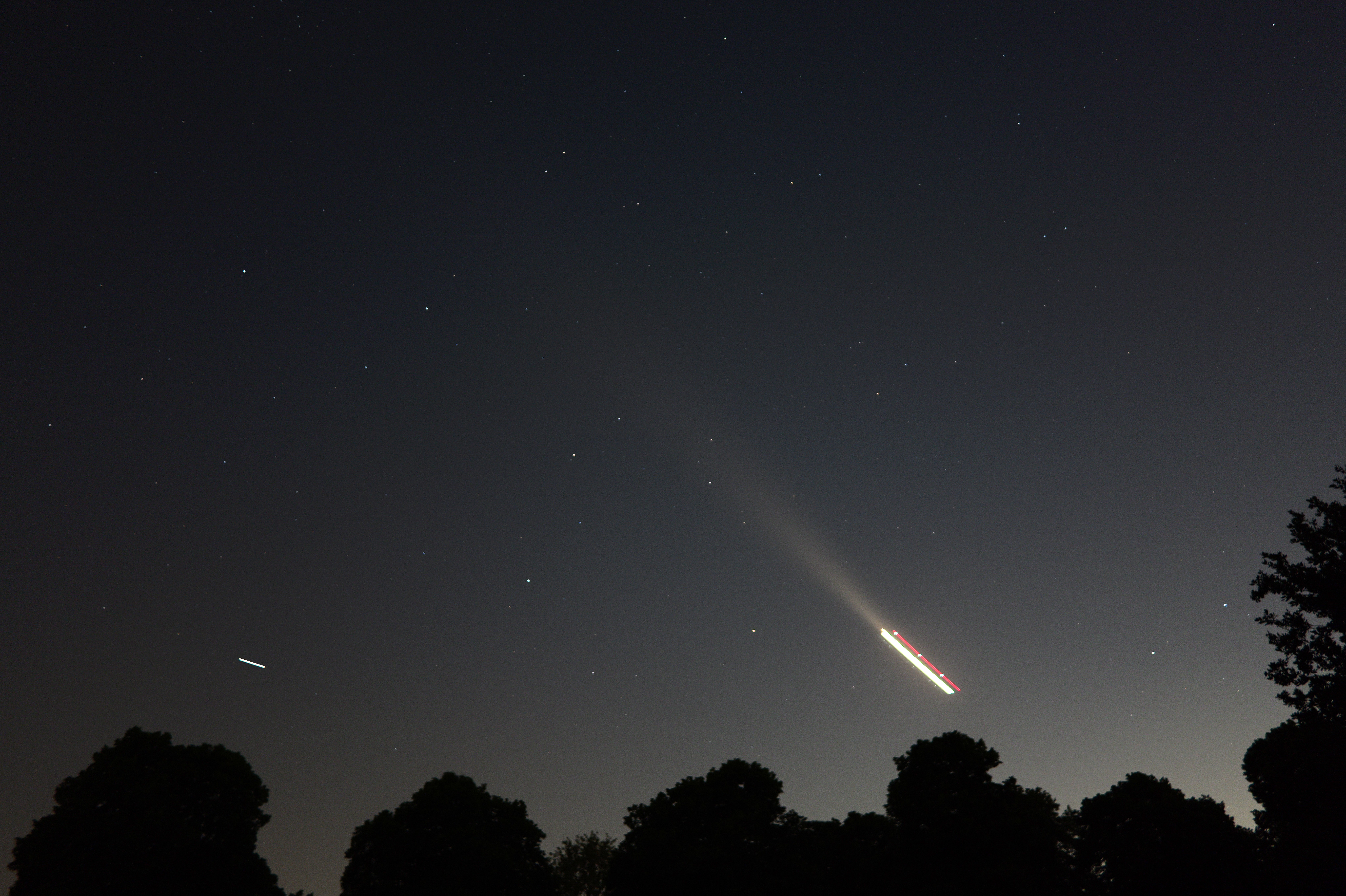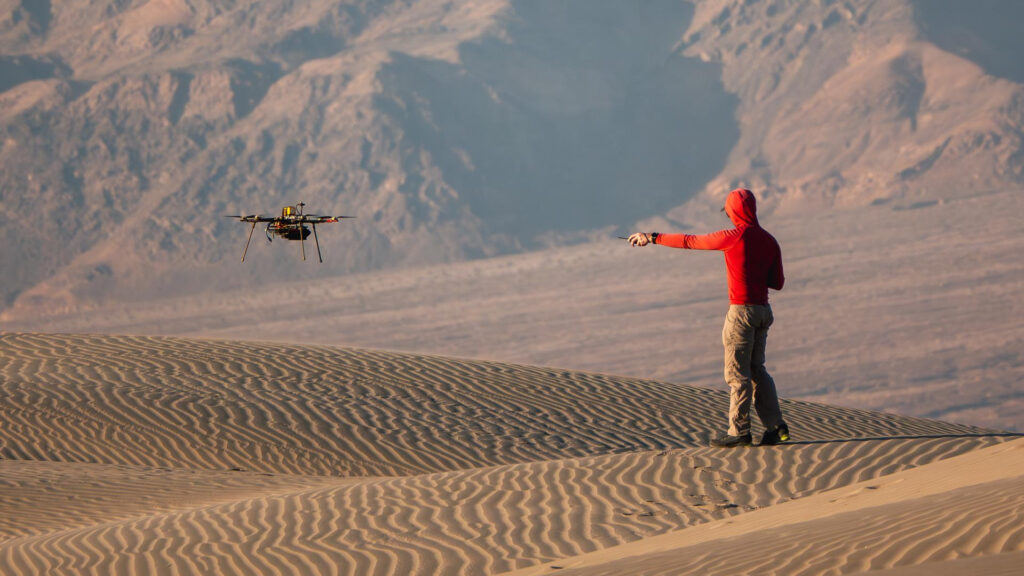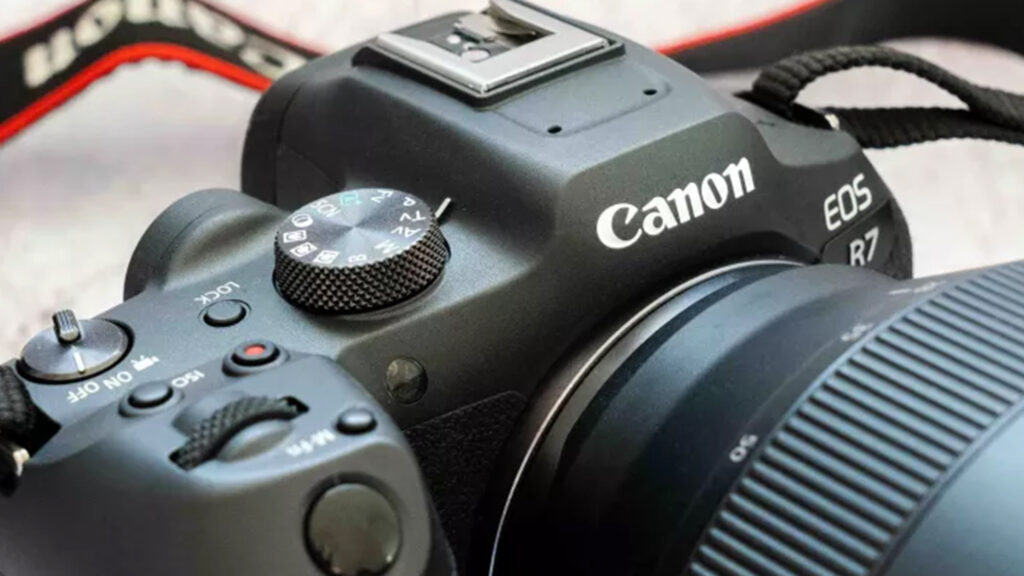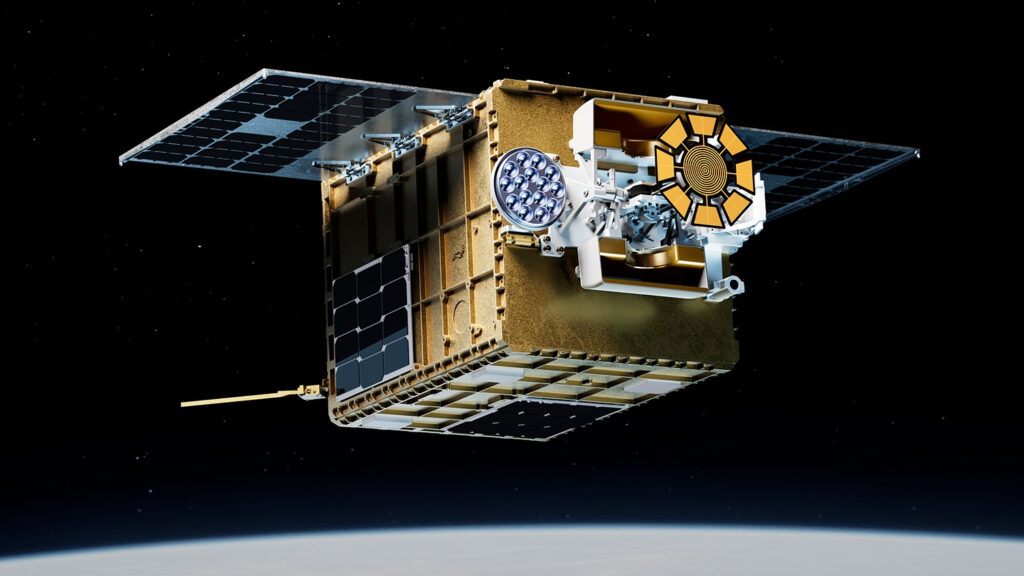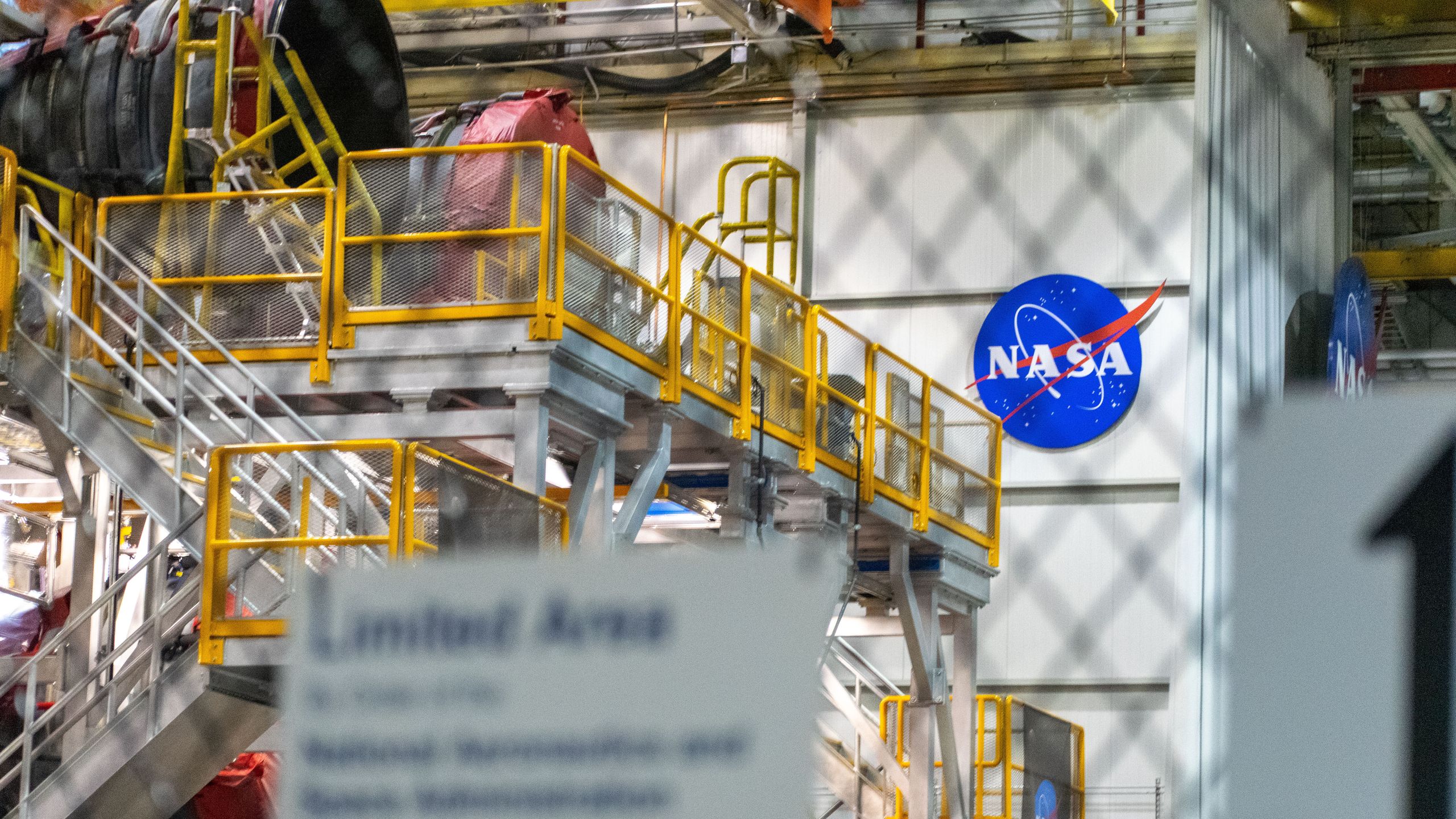Now Reading: Panasonic Lumix S1R II review
-
01
Panasonic Lumix S1R II review
Panasonic Lumix S1R II review
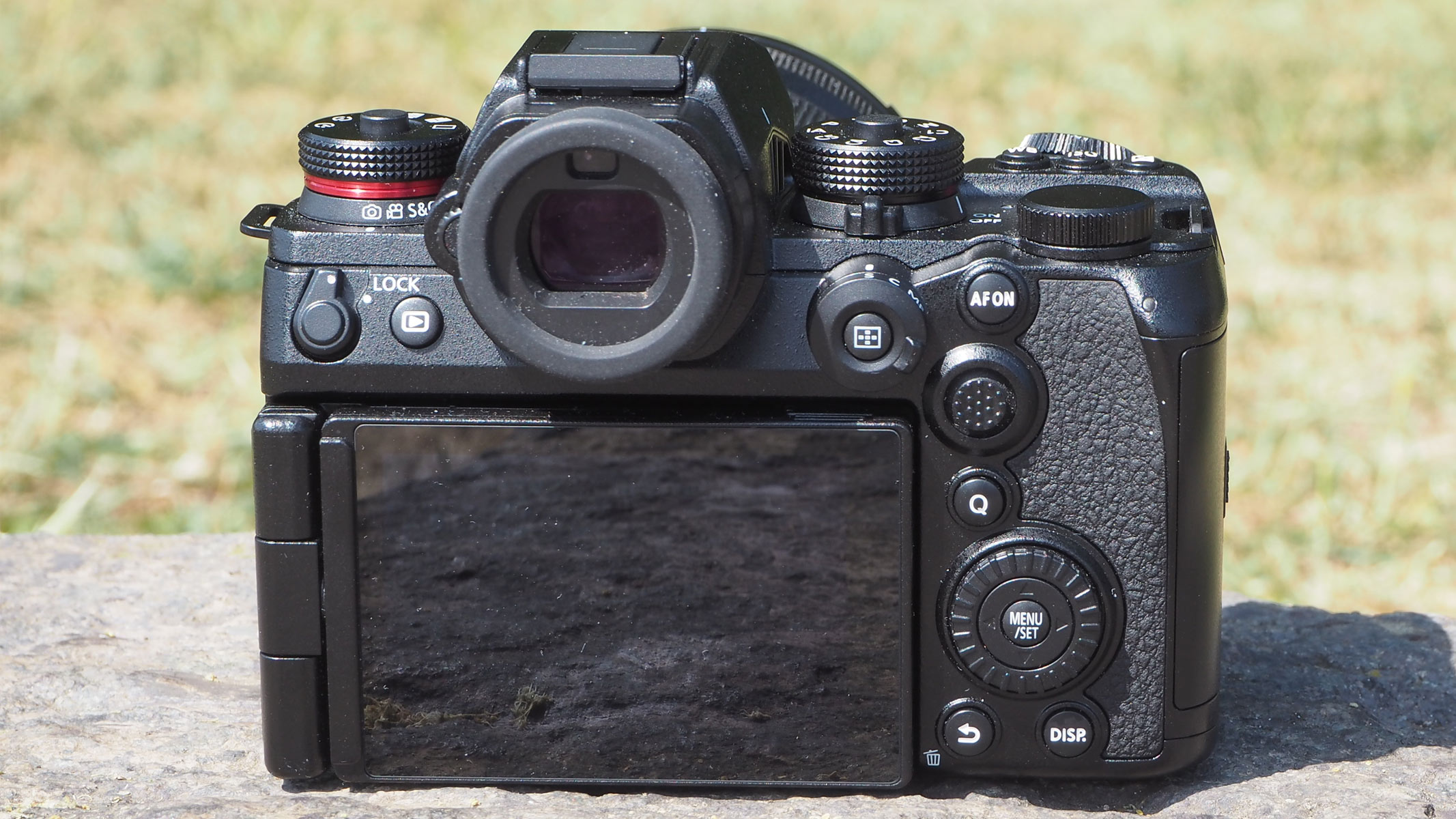
Looking for a heavyweight mirrorless camera in every sense? Panasonic’s Lumix S1R II was announced within weeks of two other full-frame cameras: The S1II and the S1IIE. The “R” denotes that the S1R II’s major selling point is a high resolution of 44.3 effective megapixels, whereas the latter two models offer 24 megapixels. The body design and build are otherwise identical.
The high resolution comes in handy for astrophotography. Is that a plane or a bright star? The S1R II can provide the answer, thanks to its built-in noise reduction.
Specifications
System: L-Mount
Sensor: Full-frame 35.8 x 23.9mm CMOS sensor with 44.3 million-pixel effective resolution
ISO range: ISO 80 to ISO 51,200 core range; extendable to ISO 40 to ISO 10,400 equivalent
Burst shooting: Up to 40 fps continuous via electronic shutter
Autofocus: 779-point phase-detection autofocus
Video: Up to 8K resolution video at 30 fps
Screen: 3.0-inch, 3:2 aspect ratio vari-angle touch-panel LCD with 1.84 million dots
Dimensions: 4 x 5.3 x 3.6-inches (102 x 134 x 92 mm)
Weight: 1.75 lbs (795 g) with battery and memory card
But this camera isn’t just for still photography. The S1R II is the first in its lineup to offer 8K resolution video capture at 30 frames per second with 14 stops of dynamic range. It’s also now compatible with Capture One software and Panasonic’s video production-oriented Flow app, as well as being compatible with real-time LUTs, or Look-Up Tables, allowing for custom color settings for video recordings.
Could this flagship model be a key contender for astrophotographers? Read on to find out.
Panasonic Lumix S1R II review
Panasonic Lumix S1R II: Design
★★★★
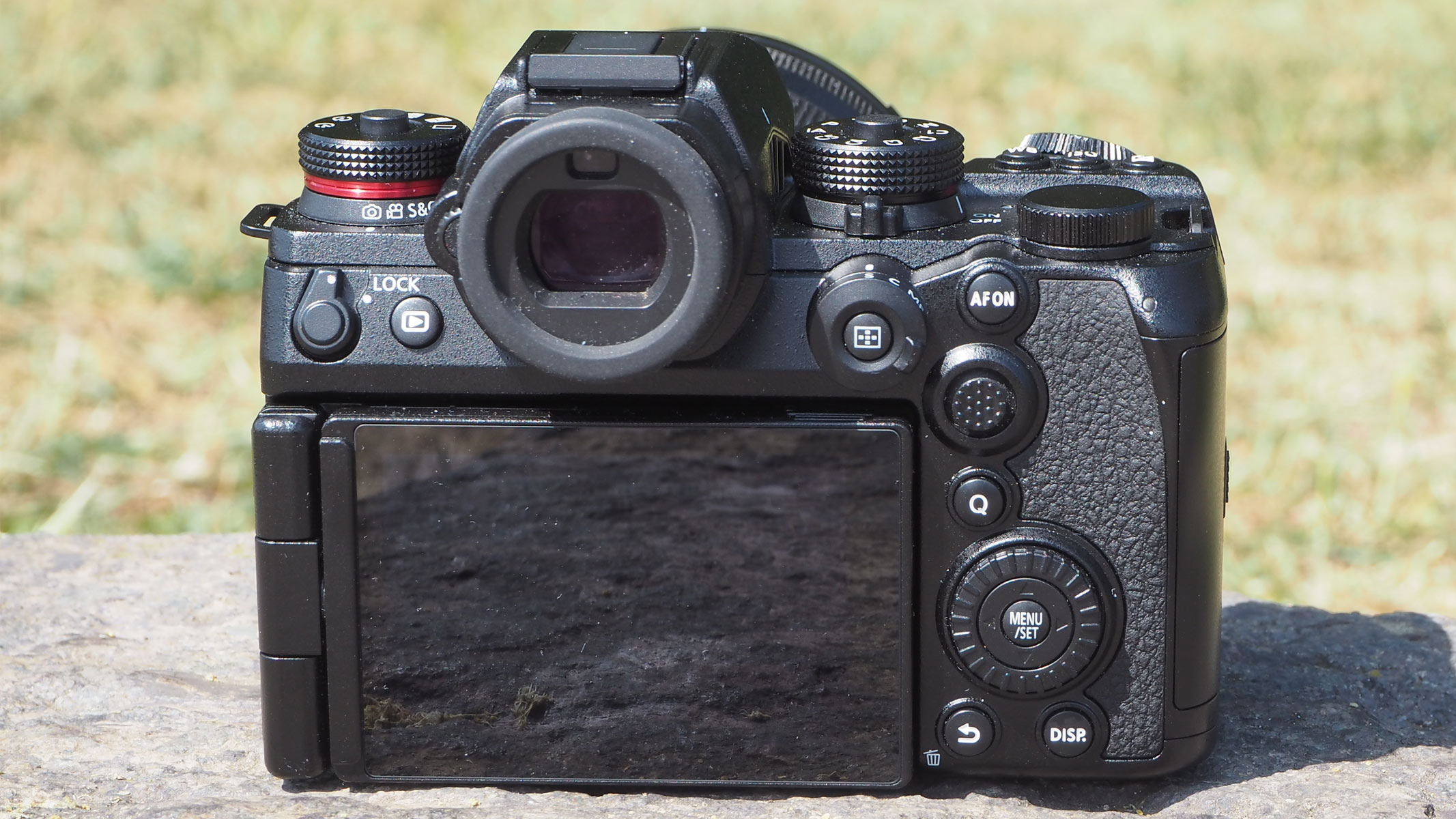
- Traditional pentaprism DSLR design, but in a slightly more compact mirrorless format
- Fully adjustable multi-angle LCD touch screen, plus an ultra-high-resolution eye-level electronic viewfinder
- Top-plate shooting mode and capture style dials, plus dedicated buttons for essential settings
The S1R II looks surprisingly conventional for a camera that’s aimed equally at photographers and videographers. Its classic DSLR-like design has a familiar control layout, including top-plate and handgrip-mounted command dials, a shooting mode wheel, and a secondary dial for self-timer, single-shot and continuous-capture options. White balance, ISO light sensitivity and exposure compensation handily get their own dedicated buttons.
However, unlike some flagship alternatives, the S1R II lacks a small top-plate LCD window to showcase menu selections at a glance.
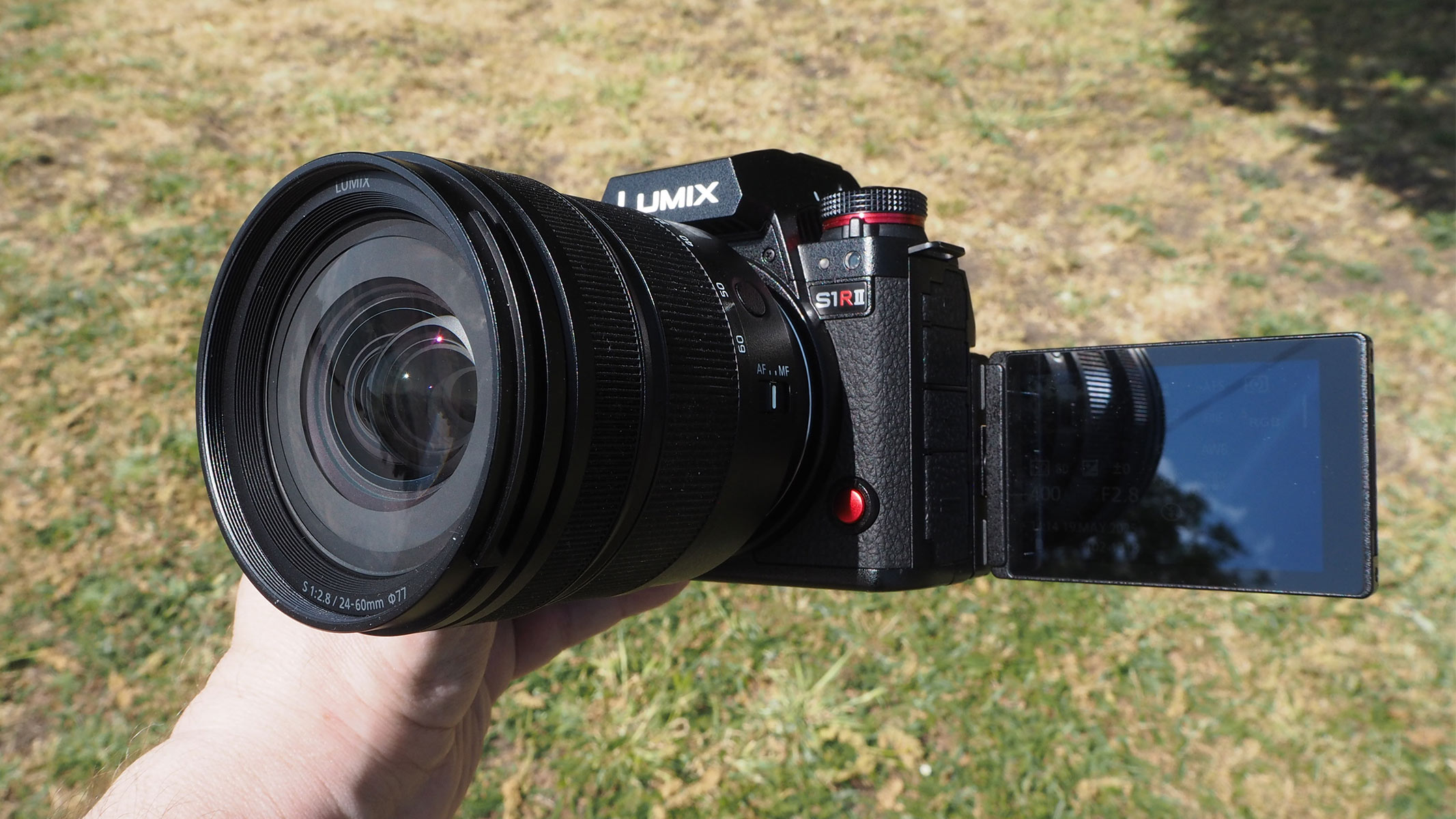
The monitor can be flipped outward, as well as angled up and down, without being flipped at all. It’s also a touch screen, which we found particularly useful for quickly tweaking settings via a press of the ‘Q’ quick menu buttons when using the camera in the dark conditions required for astrophotography.
The 3-inch, 3:2 aspect ratio screen allowed us to achieve high- or low-angle framing without having to crouch or stand on our tiptoes. When shooting the stars, we found it useful to have adjustable camera settings displayed on the screen while we used the electronic viewfinder to determine if we’d achieved a sharp image when focusing manually.
Initially, the wealth of on-screen information can feel overwhelming. However, we were pleased to have all the essentials at our fingertips without having to scroll through endless menu screens. If you do want to dive deeper into the options, that navigation is quick and intuitive, thanks to the various scroll wheels and dials that fall readily under the forefinger or thumb. Although there are lots of physical and virtual controls, it feels like everything has been included for a reason.
The camera is dust- and splash-resistant, which means we felt reassured when using the S1R II in light drizzle. However, it is not fully waterproof, so some care still needs to be taken.
Panasonic Lumix S1R II: Performance
★★★★★
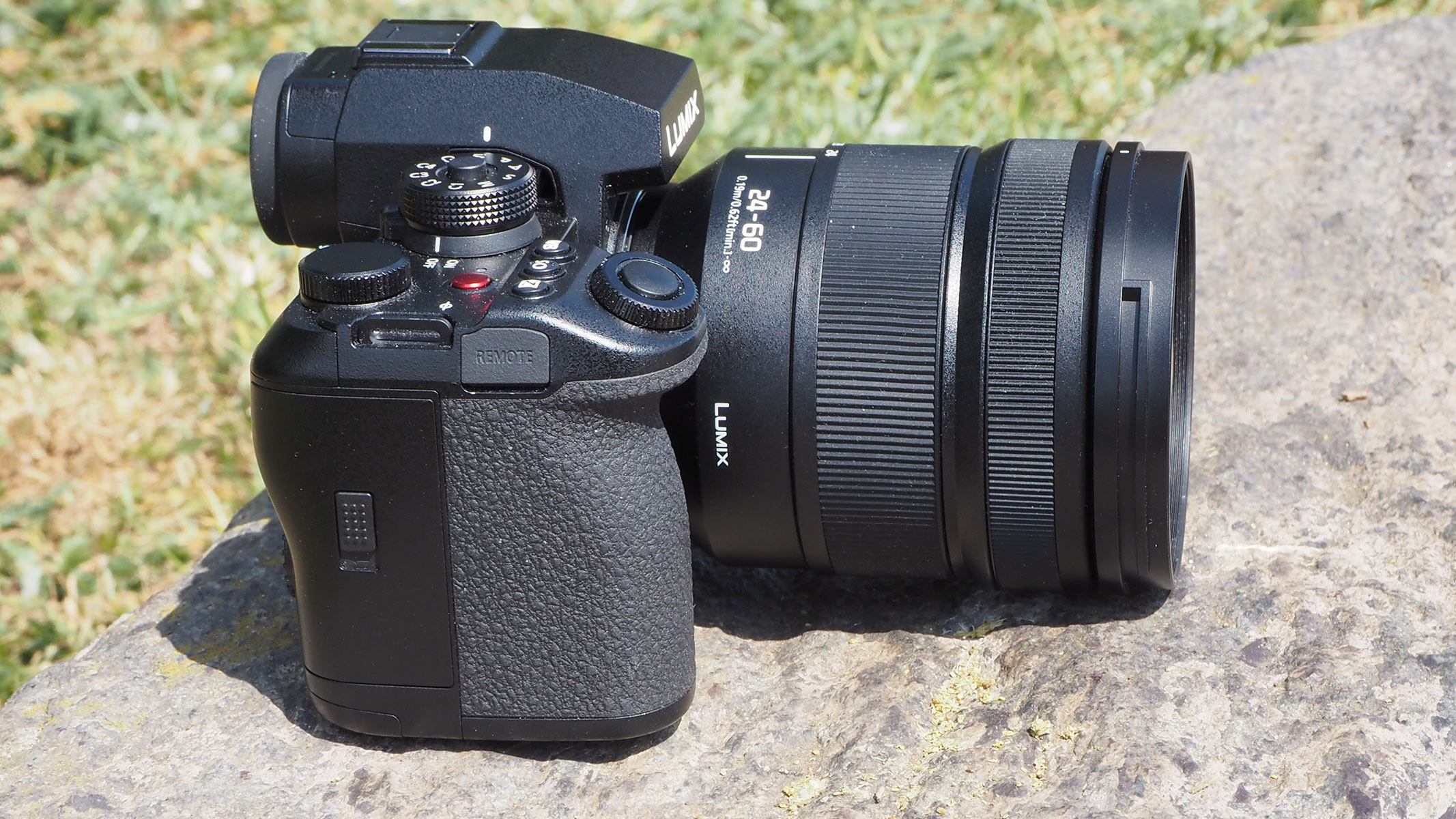
- Full-frame CMOS sensor with a 44.3-MP-effective resolution
- Useful five-axis in-body image stabilization system equivalent to eight stops
- 3:2 aspect ratio images by default
In our tests, the Panasonic S1R II responded as swiftly as we’d expect the DSLR it resembles to do. With the fingers of our right hand curled around its generous grip, and our forefinger intuitively hovered over the shutter release, our left hand naturally curled around the lens barrel, making for a level and steady hold.
To test the Panasonic S1R II’s performance, we selected exposure times of 2.5 to three seconds and tried out ISO settings from ISO 800 to ISO 1600. We found that, because we were using a wide-angle and bright Lumix S 24mm f/1.8 lens, we still got a good amount of light to the camera’s sensor, helping us to pick out points of light in the darkness, along with familiar constellations and asterisms, such as the seven bright stars of The Big Dipper and nearby Polaris.
The S1R II also excelled at daytime shooting. As we’ve consistently found with Panasonic cameras, the colors were well saturated without looking unnatural. We could also add a further punch to reds, greens and blues by selecting the Vivid option. We found that the details were maintained across the frame and into the corners without any dropoff, and the vignetting and pixel fringing were kept well under control.
When shooting during the day under strong sunlight, we found that the Panasonic held detail into the highlights, even in the white feathers of a swan beneath the midday sun. Consistently even exposures also favored landscape shots where we were looking to maintain both foreground and sky detail. Here, switching to the Vivid color option helped make the greens and blues in such scenes sing by adding lushness to the scene. Overall, the results were very impressive, as we’d hope for a top-tier camera.
Panasonic Lumix S1R II: Functionality
★★★★
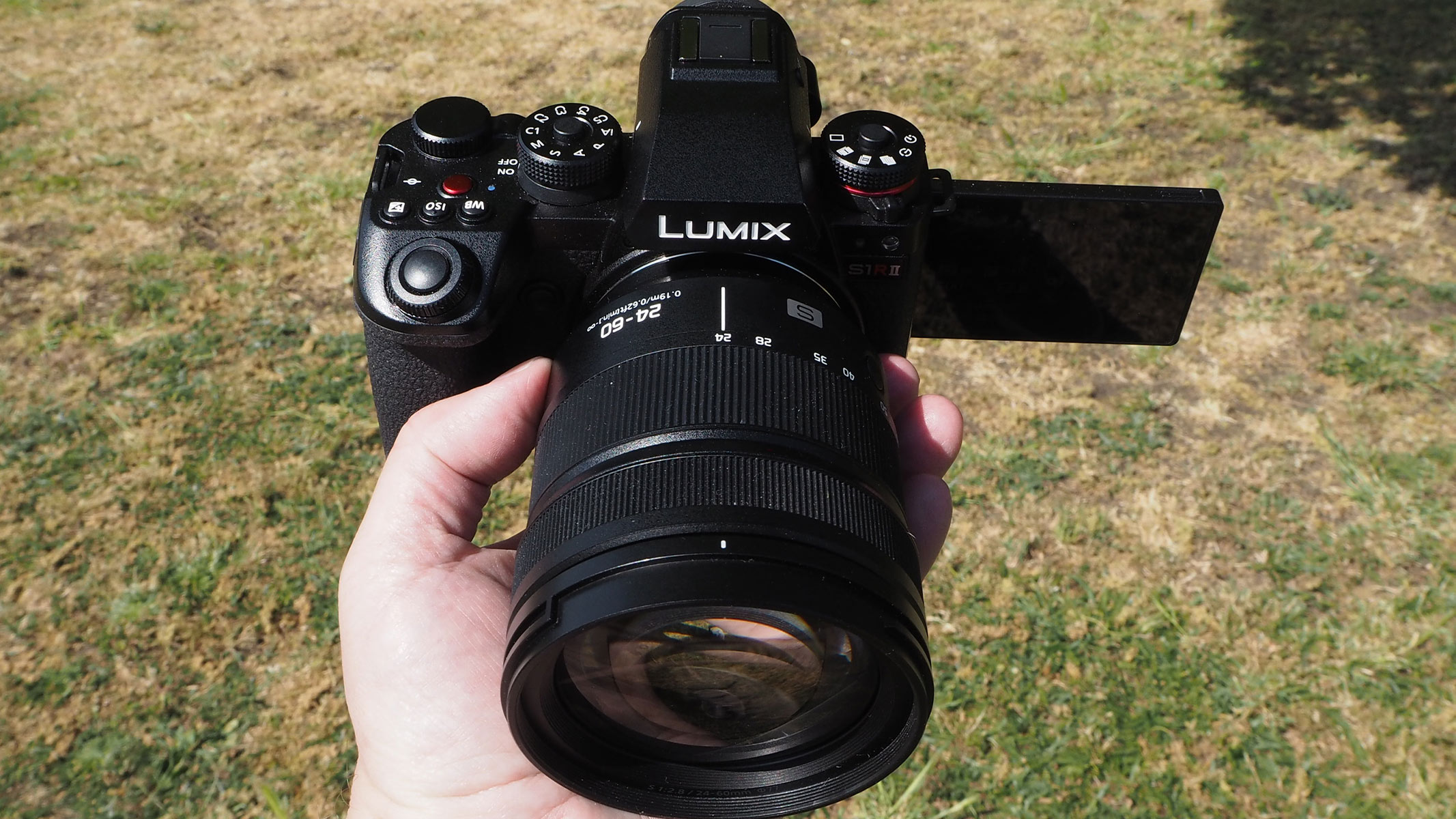
- A choice of JPEG or RAW formats for stills up to 44.3 MP
- Up to 8K resolution video at 30 FPS
- Core light sensitivity of ISO 80 to 51,200, extendable to ISO 10,2400 equivalent
In terms of functionality, we liked that the electronic viewfinder has an eye sensor so it automatically activates or deactivates without button presses. Because the electronic viewfinder’s resolution is so high, we quickly forgot we were looking at a screen rather than through a clear piece of glass. Both the electronic viewfinder and the LCD screen provide a 100% field of view, so what you see is exactly what you capture.
Unless we were attempting long-exposure night-sky shots, the camera was quick to find focus and commit images to memory. In the dark, we found the camera’s back screen was of sufficient size, quality, brightness and visibility to help us effectively determine the focus manually, as well as bright enough to allow us to pick out recognizable celestial subjects. Indeed, the rear screen is a real boon to astrophotographers who want to not only frame, but also review images in real time, and make adjustments accordingly.
The S1R II’s autofocus performance and subject recognition and tracking have been enhanced and enabled by artificial intelligence. Panasonic claims the S1R II’s autofocus response is 1.6 times faster than its predecessor’s and that its ability to zero in on and stay with human features is twice as accurate compared with the 2019 model.
The camera’s phase-detection autofocus system provides near-instantaneous response times and writing speeds. For those who shoot while tethered to a PC in the studio, it’s worth mentioning that the S1R II is compatible with Capture One software, which is also true of Panasonic’s S1II and S1IIE models.
As with OM System cameras, the Panasonic Lumix S1R II can shoot composite images up to a whopping 177 MP when combined.
In addition to being a near-peerless performer for stills, the S1R II is a step up for those who are occasionally called upon to shoot video, and that’s not just because of the 8K resolution, 30 fps, 10-bit video capture. It’s also because the footage can be shared via Panasonic’s Lumix Flow video production app, which allows for different color gradings and effects. In addition to the HDMI and USB ports, the S1R11 has connections for an accessory microphone and headphones.
Panasonic Lumix S1R II: User reviews
Other users and reviewers of the Panasonic Lumix S1R II say it performed better than they expected. They found it to be a true all-rounder that challenges the dominance of Canon and Sony for mirrorless cameras designed for both stills and video, calling the S1R II Panasonic’s most well-rounded full-frame model so far. Although some users thought the camera’s autofocus was lacking, they praised its low-light performance. Overall, the consensus is that the S1R II produces outstanding still images.
How we tested the Panasonic Lumix S1R II
To test the Panasonic S1R II’s performance, we headed to local fields away from artificial light. During our two-week testing period, we used the Panasonic Lumix S1R II with an L-Mount 24mm f/1.8 lens mainly for astrophotography and the new 24-60mm f/2.8 zoom lens for daytime shots, such as landscapes and wildlife photography.
Should I buy the Panasonic Lumix S1R II?
Buy it if:
✅ You’re an L-Mount lens owner: And you’re seeking a camera with a high-resolution sensor to get the best out of your glass.
✅ You prefer to use both the eye-level viewfinder and angle-adjustable touch screen: Your preference is to switch between the two to compose images and make rapid selections.
Don’t buy it if:
❌ You’re looking for a pocketable camera and lens set-up: This camera is a bit bulky with a lens attached.
❌ You’re on a budget: Less-expensive rivals with smaller sensors will fit the bill.
Although it doesn’t include a dedicated astrophotography autofocus mode, the Panasonic S1R II is a solid all-around camera. Its large full-frame sensor, huge 44.3-effective-megapixel stills resolution and up to 8K video capability should satisfy those seeking a relatively compact camera that excels in capturing detail. However, it is a big investment, so it wouldn’t necessarily be something a beginner to astrophotography would pick.
We gave the performance of the Panasonic Lumix S1R II five out of five stars, which says we rate this camera. We managed to get some decent astrophotography shots with it, too, being able to distinguish between different constellations. Not bad for a camera that doesn’t have a dedicated astrophotography autofocus mode.
If the Panasonic Lumix S1R II isn’t for you
RELATED ARTICLES
If you don’t need the highest level of detail, consider the OM System OM-3, which is well-suited to astrophotography. The dedicated autofocus mode enables high-quality night-sky photography at just over half the price of the Panasonic Lumix S1R II.
In the same price bracket as the OM System OM-3 are the Fujifilm X100V and the Fujifilm X100VI, which have a similar retro look and cutting-edge performance and response times but a smaller APS-C-sized sensor.
If you’re looking for a different flagship full-frame-sensor camera, the main alternative is the Sony A1 II, but you’ll pay a king’s ransom for it.
Keep in mind that you’re investing in a whole system, including lenses and accessories. The advantage of the Panasonic S1R II is that its L-Mount is shared with Leica and Sigma, two equally respected brands, so there’s a fair amount of choice for high-quality and/or affordable lenses to go with it.
Stay Informed With the Latest & Most Important News
Previous Post
Next Post
-
 01From Polymerization-Enabled Folding and Assembly to Chemical Evolution: Key Processes for Emergence of Functional Polymers in the Origin of Life
01From Polymerization-Enabled Folding and Assembly to Chemical Evolution: Key Processes for Emergence of Functional Polymers in the Origin of Life -
 02Panasonic Leica Summilux DG 15mm f/1.7 ASPH review
02Panasonic Leica Summilux DG 15mm f/1.7 ASPH review -
 03How New NASA, India Earth Satellite NISAR Will See Earth
03How New NASA, India Earth Satellite NISAR Will See Earth -
 04And Thus Begins A New Year For Life On Earth
04And Thus Begins A New Year For Life On Earth -
 05Astronomy Activation Ambassadors: A New Era
05Astronomy Activation Ambassadors: A New Era -
06SpaceX launch surge helps set new global launch record in 2024
-
 07Two Black Holes Observed Circling Each Other for the First Time
07Two Black Holes Observed Circling Each Other for the First Time



